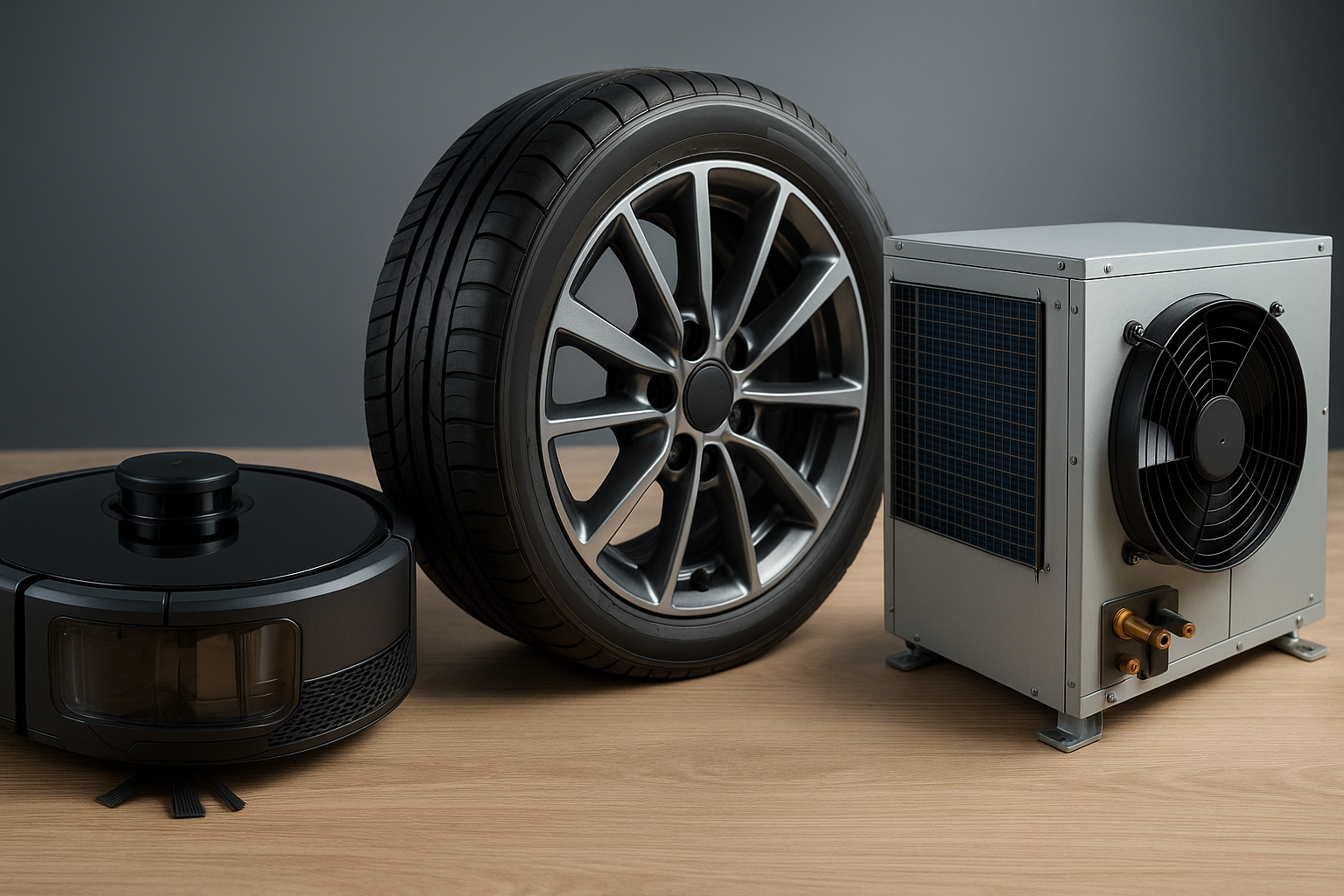Vacuum cleaner development is no longer confined to traditional home appliance design. Today’s most effective products are built by integrating technologies from industries like robotics, automotive, and HVAC. Exporters and manufacturers who understand these transferable innovations can create products that are not just functional—but exceptional.
Robotics: Precision Navigation and Obstacle Sensing
Robotics has revolutionized movement and spatial awareness. Sensors such as LiDAR and ultrasonic detection, originally used in autonomous robots, are now being applied to Cordless Vacuum Cleaner systems for optimized room mapping and intelligent path planning.
Exporters can adopt low-profile infrared sensors or SLAM-based algorithms, reducing collision risk and improving surface coverage. Brands like iRobot have pioneered these advancements, and their component-level innovations are increasingly accessible to OEMs.
Automotive: Battery Efficiency and Motor Design
Electric vehicles (EVs) have pushed the boundaries of Li-ion battery management and brushless DC motor control. These technologies are now informing the design of Li-ion Cordless Handheld Vacuum Cleaner units, enhancing runtime, reducing heat generation, and supporting fast charging capabilities.
Vacuum systems can also adopt automotive-grade thermal protection, ensuring durability during high-load usage such as Wet Dry Vacuum Cleaners operating in industrial zones or construction sites.
A notable benchmark comes from Bosch Mobility, which has open-sourced part of its power control architecture for wider industry use, enabling more efficient energy transfer systems applicable to compact appliances.
HVAC: Airflow Optimization and Noise Dampening
The HVAC industry offers decades of engineering knowledge around airflow, pressure differentials, and acoustic insulation. By applying laminar flow ducts, multi-stage filtration layering, and active muffling systems, vacuum cleaners can operate with significantly reduced decibels—critical for high-end quiet vacuum cleaner applications.
HEPA-grade filters from HVAC systems are already in use, but innovations like dynamic airflow valves and predictive air-sensor integration are next. Research from ASHRAE suggests that controlled turbulence inside ducts can improve particle separation efficiency—vital for 4 in 1 Cordless Smart Wet & Dry Vacuum Cleaner models targeting commercial clients.
Integration in Next-Gen Products
Engineered with these borrowed technologies, a best-in-class vacuum cleaner should combine: high suction pressure delivered through automotive-grade motor control, truly portable chassis with robotic obstacle intelligence, whisper-quiet acoustic insulation with HVAC principles, self-cleaning systems inspired by autonomous maintenance routines, and durable, energy-efficient architecture wrapped into a multi-functional, large-capacity wet-dry design—the hallmark of a competitive vacuum cleaner.
Conclusion
The future of vacuum cleaners will be shaped not just by in-industry improvements, but by smart cross-industry integration. Exporters should collaborate with engineers familiar with robotics, automotive, and HVAC systems to stay ahead of both performance and expectation.
Learn how forward-looking exporters integrate these concepts into Car Vacuum Cleaner, Cordless Vacuum Cleaner, and quiet vacuum cleaner product lines at www.lxvacuum.com.

















